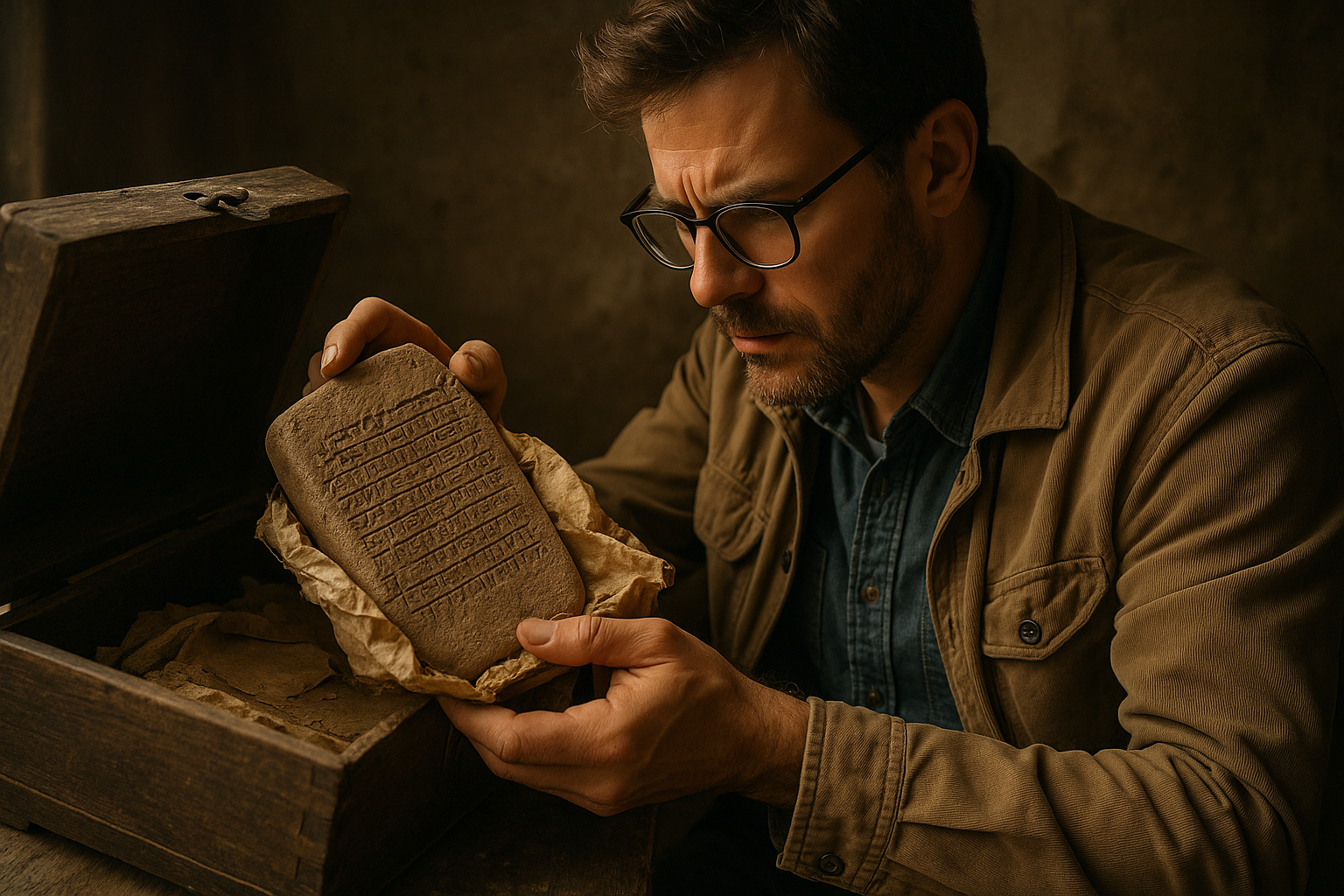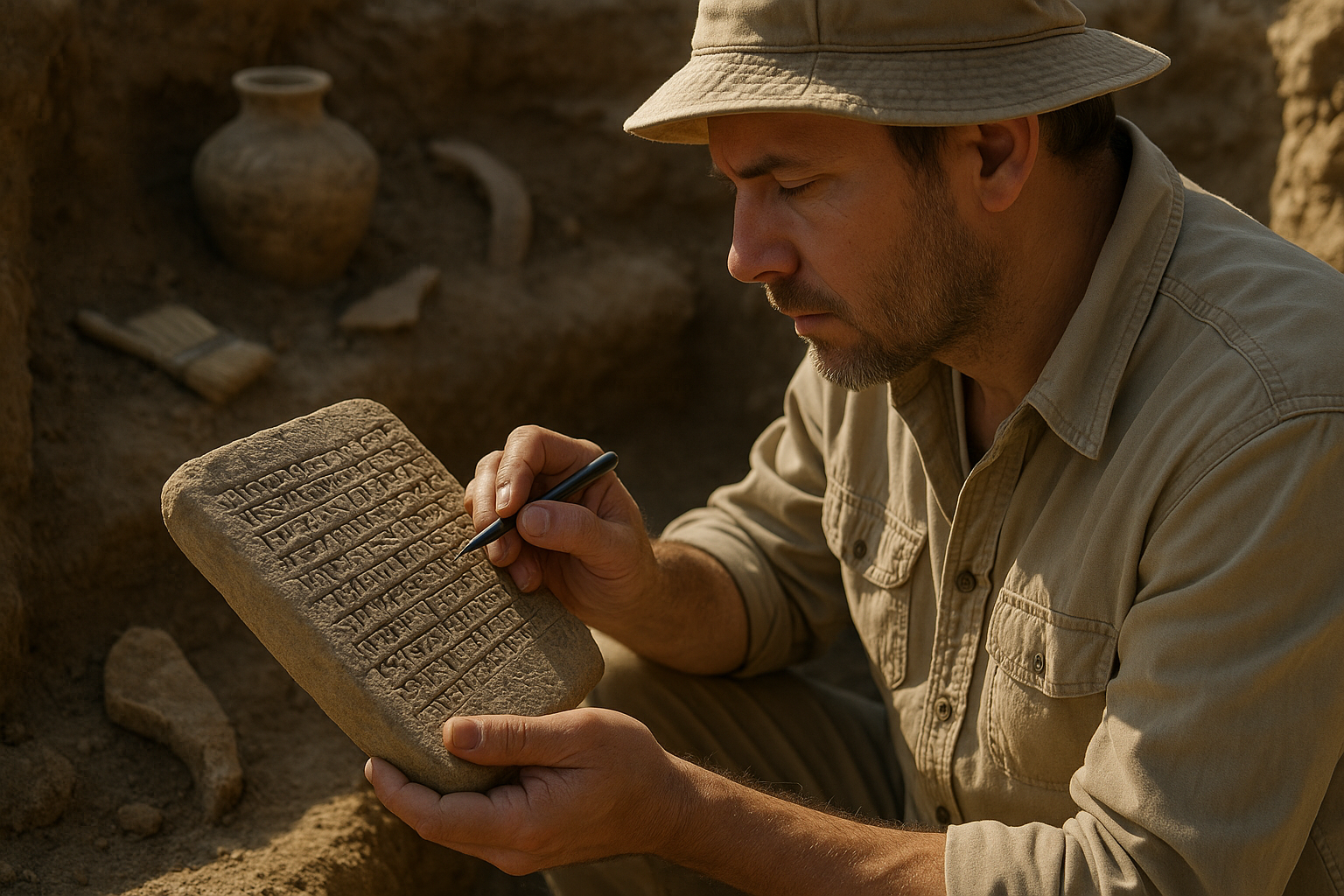Ancient civilizations gazed at the heavens, meticulously recording celestial movements in precious codices that still whisper secrets of astronomical wisdom across millennia.
📜 Ancient Manuscripts: Windows to Cosmic Understanding
Throughout human history, the night sky has captivated our collective imagination, inspiring wonder and demanding explanation. Long before telescopes and satellites, ancient cultures developed sophisticated systems for tracking celestial bodies, encoding their observations in elaborate codices that served as both scientific records and sacred texts. These manuscripts represent humanity’s earliest attempts to decode the language of the cosmos, revealing patterns that governed everything from agricultural cycles to religious ceremonies.
The preservation of these ancient astronomical texts provides modern researchers with invaluable insights into how our ancestors understood their place in the universe. These codices weren’t merely observational logs; they were complex systems of knowledge that intertwined mathematics, mythology, religion, and practical timekeeping. By studying these documents, we gain access to centuries of accumulated wisdom about celestial cycles that shaped civilizations across continents.
🌟 The Mayan Astronomical Codices: Mathematics Written in Starlight
Among the most remarkable astronomical texts ever created, the surviving Mayan codices demonstrate an extraordinary understanding of celestial mechanics. The Dresden Codex, considered the oldest surviving book written in the Americas, contains detailed tables tracking Venus’s synodic cycle with stunning accuracy. Mayan astronomers calculated this cycle at 584 days, a figure that differs from modern measurements by mere hours over centuries.
The precision of Mayan astronomical observations rivals contemporary calculations, achieved without any optical instruments. Their codices reveal complex mathematical systems, including the concept of zero and sophisticated calendrical computations that interlocked multiple cycles simultaneously. The Tzolkin sacred calendar of 260 days meshed with the Haab civil calendar of 365 days, creating a Calendar Round that repeated every 52 years.
Beyond Venus, Mayan codices tracked lunar eclipses, solar movements, and the apparent path of celestial bodies through the zodiac. The Madrid Codex contains astronomical tables alongside ritual information, demonstrating how celestial observations directly informed religious practices and agricultural timing. This integration of astronomy with daily life exemplifies how ancient peoples perceived cosmic cycles as intimately connected to earthly existence.
Decoding the Dresden Codex Eclipse Tables
The eclipse tables within the Dresden Codex represent perhaps the most sophisticated astronomical achievement recorded in Mayan manuscripts. These tables predicted both solar and lunar eclipses across spans exceeding 33 years, organizing information into groups of five or six lunar months. The accuracy of these predictions suggests generations of careful observation and mathematical refinement.
Researchers have identified that Mayan astronomers understood the saros cycle—the approximately 18-year period after which eclipses repeat with similar characteristics. This knowledge, encoded in hieroglyphic script and numerical notation, allowed priests to anticipate celestial events that held profound religious significance. The ability to predict eclipses granted considerable authority and demonstrated mastery over cosmic knowledge.
⚡ Egyptian Astronomical Texts: Mapping the Celestial River
Ancient Egyptian civilization developed its own rich tradition of astronomical documentation, primarily focused on the movements of stars and the annual flooding of the Nile. Egyptian astronomical texts appeared in various forms, from temple ceiling decorations to coffin lids, and most famously in papyri that detailed celestial observations alongside religious content.
The Egyptian calendar, one of humanity’s earliest solar calendars, divided the year into twelve months of thirty days each, plus five additional days. This 365-day calendar, though slightly shorter than the actual solar year, represented remarkable astronomical insight. The heliacal rising of Sirius, called Sopdet by the Egyptians, marked the new year and coincided with the Nile’s flooding, demonstrating how celestial cycles governed agricultural prosperity.
Diagonal star clocks, found painted on coffin lids from the Middle Kingdom, tracked the positions of 36 decan stars throughout the night. These clocks divided the night into twelve hours based on which decans were rising on the eastern horizon. This system required extensive observational records and mathematical calculations to maintain accuracy across seasons.
The Dendera Zodiac and Celestial Mapping
The famous Dendera Zodiac, a bas-relief from the Hathor temple ceiling, represents one of the most complete ancient Egyptian star maps. This circular diagram depicts constellations, planets, and the 36 decans in a sophisticated arrangement that has fascinated scholars since its discovery. While not strictly a codex, it exemplifies the astronomical knowledge that informed Egyptian written texts.
Egyptian astronomical papyri recorded planetary movements, particularly of Mercury, Venus, Mars, Jupiter, and Saturn. These observations served both astrological and practical purposes, helping to establish propitious dates for religious ceremonies and state activities. The integration of celestial knowledge into religious architecture and funerary texts underscores the cosmic dimension of Egyptian spirituality.
🌙 Mesopotamian Astronomical Diaries: The Foundation of Western Astronomy
The astronomical traditions of ancient Mesopotamia, particularly Babylonian astronomy, laid the groundwork for Western astronomical science. Babylonian astronomers maintained detailed observational records spanning centuries, creating what scholars call “astronomical diaries” that documented celestial phenomena alongside terrestrial events.
These clay tablet records, written in cuneiform script, tracked lunar phases, planetary positions, eclipses, and weather patterns with meticulous consistency. The continuity of these observations across generations enabled Babylonian astronomers to identify periodic patterns in celestial movements, leading to predictive astronomy rather than merely descriptive recording.
The MUL.APIN tablets, dating to approximately 1000 BCE, contain comprehensive star catalogs organized by month, listing which constellations appeared at specific times of year. These texts include detailed information about the heliacal risings and settings of stars, planetary periods, and the length of daylight throughout the year. Such systematic organization demonstrates sophisticated astronomical methodology.
Predictive Models and Mathematical Astronomy
By the Seleucid period, Babylonian astronomers had developed mathematical models capable of predicting planetary positions and lunar eclipses with remarkable accuracy. These models employed arithmetic sequences and periodic functions that anticipated aspects of modern astronomy. The ability to calculate future celestial events represented a revolutionary shift from observation to prediction.
Babylonian astronomical knowledge profoundly influenced Greek astronomy, with scholars like Hipparchus and Ptolemy building upon Mesopotamian foundations. The zodiacal system, the division of the circle into 360 degrees, and many constellation names trace directly to Babylonian sources. These contributions shaped astronomical practice for millennia.
📖 Medieval Islamic Astronomical Manuscripts: Preserving and Advancing Ancient Knowledge
During Europe’s medieval period, Islamic scholars preserved and dramatically expanded upon ancient astronomical knowledge. The translation movement centered in Baghdad brought Greek, Indian, and Persian astronomical texts into Arabic, creating a synthesis that produced unprecedented advances in celestial science.
Islamic astronomical manuscripts, or zij texts, compiled extensive tables for calculating planetary positions, eclipse predictions, and prayer times. These works combined theoretical astronomy with practical applications, serving both scientific and religious purposes. Determining the qibla direction toward Mecca and calculating prayer times required sophisticated astronomical knowledge, motivating substantial investment in observational astronomy.
Astronomers like Al-Battani, Al-Sufi, and Ibn al-Shatir produced works that refined Greek models, introduced new observational techniques, and corrected errors in classical sources. Al-Sufi’s “Book of Fixed Stars” updated and expanded upon Ptolemy’s star catalog, providing detailed descriptions and magnitudes for over a thousand stars while incorporating Arabic star names still used today.
Observatories and Systematic Observation
The establishment of major observatories in Baghdad, Damascus, and later Samarkand enabled systematic celestial observations over extended periods. The Maragheh and Samarkand observatories produced astronomical tables of unprecedented accuracy, with measurements that wouldn’t be surpassed in Europe until the Renaissance.
These Islamic astronomical manuscripts transmitted ancient knowledge to medieval Europe while adding substantial original contributions. The Alfonsine Tables, commissioned in Christian Spain, drew heavily on Islamic astronomical work, demonstrating the cross-cultural transmission of celestial knowledge.
🔭 Chinese Astronomical Records: Millennia of Continuous Observation
Chinese civilization maintained perhaps the longest continuous tradition of astronomical observation in human history, with systematic records extending over two millennia. Chinese astronomers meticulously documented comets, novae, supernovae, eclipses, and planetary conjunctions in official court records that provide invaluable data for modern astronomical research.
The role of court astronomers in China carried immense political significance, as celestial events were interpreted as omens reflecting the emperor’s mandate from heaven. This political dimension motivated exceptionally detailed record-keeping, with astronomers obligated to report any unusual celestial phenomena immediately.
Chinese astronomical texts employed a different conceptual framework than Western astronomy, organizing the sky into lunar mansions rather than zodiacal constellations. The 28 lunar mansions, or xiu, divided the celestial equator into segments used for tracking planetary and lunar movements. This system required different mathematical approaches but achieved comparable predictive accuracy.
Contributions to Modern Astronomy
Chinese historical astronomical records have proven invaluable for modern astrophysics, particularly in studying transient celestial events. Records of the 1054 CE supernova that created the Crab Nebula provide crucial historical data for understanding stellar evolution. Similarly, Chinese comet observations help determine orbital periods for periodic comets spanning centuries.
The consistent quality of Chinese astronomical records, maintained across dynasties despite political upheavals, demonstrates the institutionalized nature of astronomical observation in Chinese culture. This continuity makes Chinese texts uniquely valuable for studying long-term celestial phenomena.
✨ Indigenous American Sky Knowledge Beyond the Maya
While Mayan astronomical codices are best known, numerous other indigenous American cultures developed sophisticated celestial knowledge systems, though often not preserved in written form. Aztec astronomical understanding, partially documented in post-conquest codices, rivaled Mayan achievements in complexity and precision.
The Aztec calendar system integrated multiple cycles, including the 260-day tonalpohualli and the 365-day xiuhpohualli. The Templo Mayor in Tenochtitlan was precisely aligned to mark equinoxes, demonstrating architectural expression of astronomical knowledge. Post-conquest documents like the Codex Borbonicus preserve fragments of pre-Columbian astronomical and calendrical information.
Further north, Ancestral Puebloan peoples created astronomical markers and structures aligned to solar and lunar cycles. The famous Sun Dagger at Chaco Canyon marks solstices and equinoxes through precisely positioned rock slabs that channel sunlight onto spiral petroglyphs. Such architectural astronomy suggests sophisticated observational traditions, even when written records don’t survive.
🌍 The Universal Human Quest to Understand Celestial Cycles
Across continents and centuries, diverse cultures independently developed sophisticated astronomical knowledge systems, each adapted to local needs and integrated with unique cultural frameworks. These ancient codices and astronomical texts reveal a universal human drive to understand celestial patterns and our place within cosmic rhythms.
The convergence of independent astronomical traditions—calculating similar planetary periods, identifying eclipse cycles, tracking solstices and equinoxes—demonstrates that celestial mechanics impose consistent patterns observable from any location. Yet the diversity of approaches, from Babylonian mathematical astronomy to Mayan hieroglyphic tables to Chinese dynastic records, shows how cultural context shapes scientific methodology.
Modern astronomers continue mining ancient astronomical texts for data unavailable through other means. Historical records of eclipses, supernovae, and planetary positions help refine models of Earth’s rotation, stellar evolution, and orbital mechanics. These ancient codices remain scientifically relevant centuries after their creation.
🎯 Preserving and Studying Ancient Astronomical Knowledge
The preservation of ancient astronomical codices faces ongoing challenges from environmental degradation, political instability, and the inherent fragility of ancient materials. Many important texts survive only as fragments or later copies, with untold numbers lost to time, conquest, or deliberate destruction.
Modern technology offers new tools for studying damaged or faded manuscripts. Multispectral imaging reveals text invisible to the naked eye, while digital archives make rare codices accessible to researchers worldwide. International collaborative efforts work to digitize, translate, and analyze these precious documents before further deterioration occurs.
Understanding ancient astronomical texts requires interdisciplinary expertise combining linguistics, archaeology, astronomy, mathematics, and cultural history. Decoding the astronomical content within religious or mythological frameworks demands sensitivity to how ancient peoples conceptualized the relationship between earth and sky.

💫 Celestial Wisdom for Contemporary Times
Ancient astronomical codices offer more than historical curiosity; they provide perspectives on humanity’s relationship with the cosmos that remain relevant today. These texts remind us that astronomical knowledge served holistic functions, integrating practical timekeeping, agricultural planning, religious practice, and philosophical contemplation.
The patience and dedication required for ancient astronomical observation—tracking Venus over decades, refining eclipse predictions across generations—contrasts sharply with contemporary expectations for immediate results. These codices testify to cultural commitments to long-term knowledge accumulation that transcended individual lifetimes.
As modern societies grapple with light pollution that obscures the night sky for most people, ancient astronomical texts reconnect us with the celestial phenomena that profoundly shaped human consciousness. They invite us to recover a sense of wonder at cosmic cycles and our participation in patterns vastly larger than individual human experience.
The astronomical codices created by ancient civilizations represent remarkable intellectual achievements that laid foundations for modern science while embodying worldviews that integrated celestial observation into comprehensive cultural systems. By studying these texts, we honor the dedication of countless ancient astronomers who patiently recorded the heavens’ secrets, creating knowledge that continues illuminating our understanding of both cosmos and culture.
Toni Santos is a temporal researcher and symbolic archaeologist specializing in the study of forgotten burial systems, sacred archival practices, and the visual languages embedded in ancient temporal lore. Through an interdisciplinary and artifact-focused lens, Toni investigates how humanity has encoded knowledge, memory, and mystery into the temporal world — across cultures, rituals, and vanished civilizations. His work is grounded in a fascination with time capsules not only as vessels, but as carriers of hidden meaning. From extinct burial ritual practices to mythical codices and secret temporal seals, Toni uncovers the visual and symbolic tools through which cultures preserved their relationship with the temporal unknown. With a background in design semiotics and temporal artifact history, Toni blends visual analysis with archival research to reveal how time capsules were used to shape identity, transmit memory, and encode sacred knowledge. As the creative mind behind eltonxy, Toni curates illustrated chronologies, speculative temporal studies, and symbolic interpretations that revive the deep cultural ties between artifacts, ritual markings, and forgotten messages. His work is a tribute to: The lost temporal wisdom of Forgotten Time Capsule Burial Rituals The guarded archives of Sacred Codices and Forgotten Temporal Archives The mythopoetic presence of Temporal Symbols and Ritual Markings The layered visual language of Vanished Artifacts and Temporal Messages Whether you're a temporal historian, symbolic researcher, or curious gatherer of forgotten chronological wisdom, Toni invites you to explore the hidden roots of time capsule knowledge — one seal, one glyph, one message at a time.




